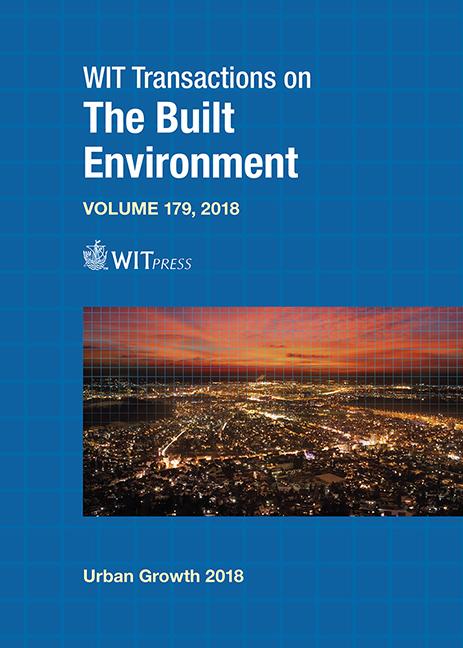GREENHOUSE GAS EMISSIONS AND ENERGY SAVINGS OWING TO WATER APPLIANCES RETROFIT
Price
Free (open access)
Transaction
Volume
179
Pages
9
Page Range
381 - 389
Published
2018
Size
392 kb
Paper DOI
10.2495/UG180351
Copyright
WIT Press
Author(s)
RITA POMBO, VITOR SOUSA, INÊS MEIRELES
Abstract
Amongst the various global environmental threats, fresh water shortages and pollution are two of the most critical issues. In this regard, efficient use of water inside buildings is a priority in the broad scope of sustainability to a large extent due to the water-energy connection. Despite the various technological improvements in equipment and appliances, whenever the water efficiency is directly related to the individual’s direct consumption their performance will be affected by comfort perception and behaviour change. This paper aims to evaluate the effects of using different individual domestic water appliances on greenhouse gas emissions considering the urban water cycle. The flow reduction associated with the installation of these appliances is reflected not only in water savings at the building level, but also in lower energy consumption required to transport and treat water and wastewater. This contributes to the reduction of carbon emissions, resulting in broader positive environmental impacts. The Department of Civil Engineering of the University of Aveiro is used as a case study. Water consumption throughout the year is available from the metering system and in-situ campaigns were carried out to characterize the water end-use pattern and the effective water consumption reduction due to the installation of tap aerators. Operational energy consumption in water supply and wastewater drainage systems were obtained from the water utility and the carbon emissions from electrical energy production were obtained from the energy supplier.
Keywords
water-efficiency, energy, greenhouse gas emissions





